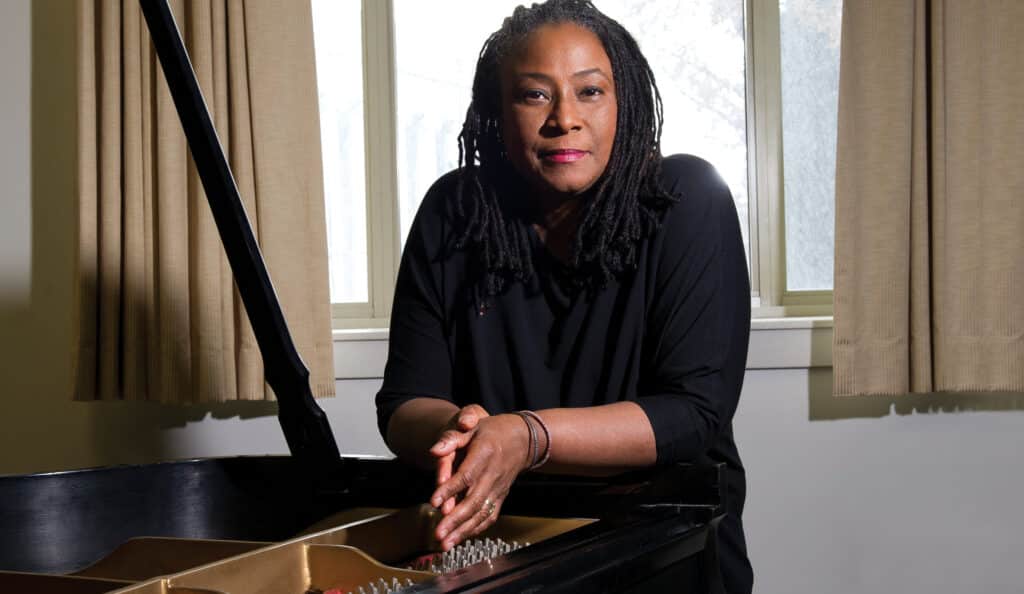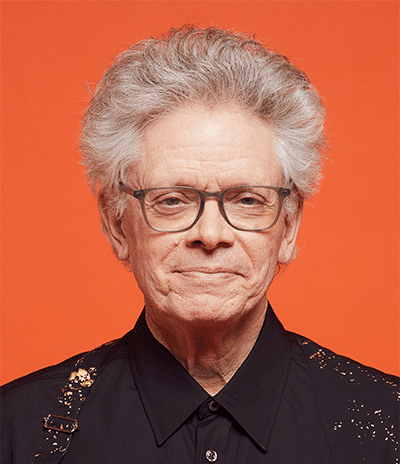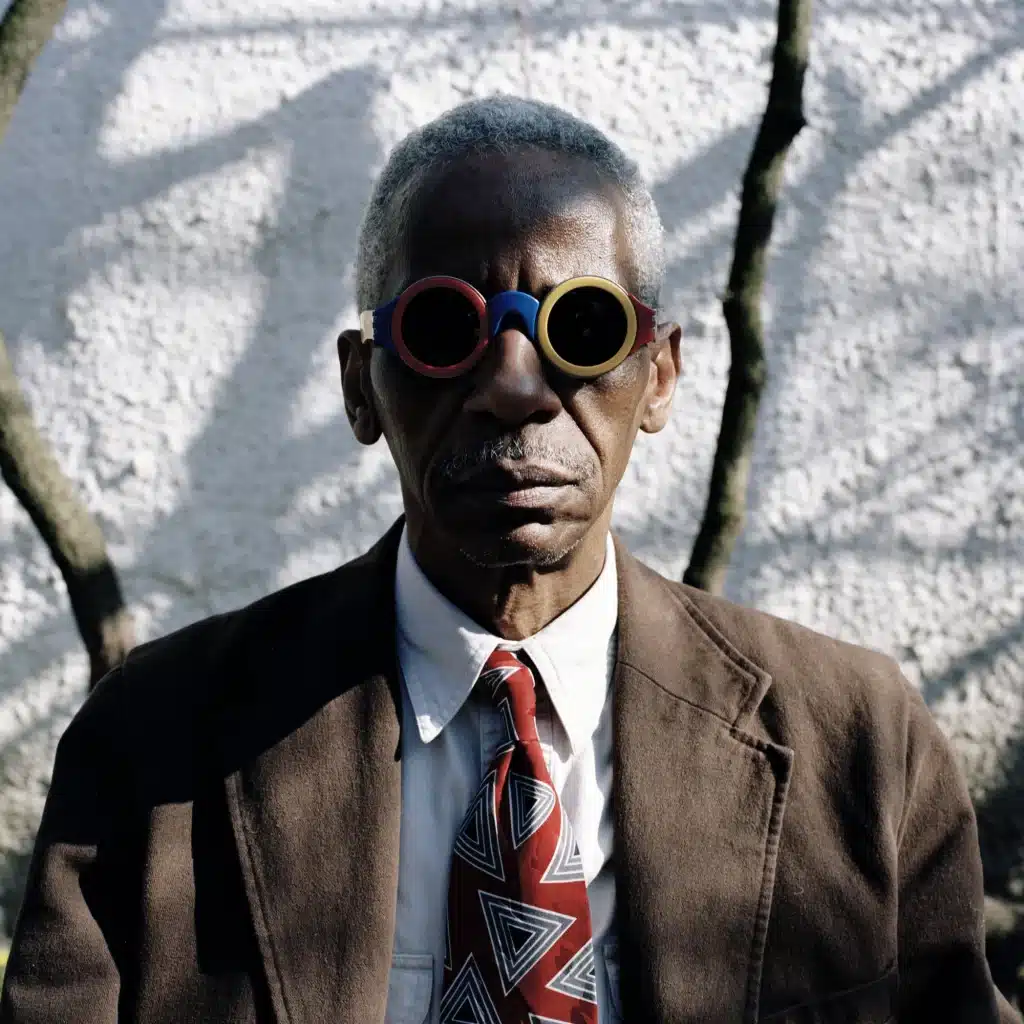Queen Geri
The renowned pianist, composer, and educator Geri Allen passed in June 2017 at the age of 60. An artist of towering skill and singular vision, she was also a key advisor in the early development of CMA’s jazz programs. Here, Allen’s longtime collaborator and friend Terri Lynn Carrington reflects on her enduring legacy.

So much has been said about the artistry and humanity of Geri Allen since her untimely passing in June of 2017. I was fortunate and proud to be her musical partner in various groups—and also to call her a friend—for over 30 years. The surreal event of her passing has left me with an indescribable void, as I’m sure it has for many of her musical comrades, colleagues, students, and fans.
When I reflect on Geri, I immediately think about her sage-like quiet strength, her ingenious approach to the piano, her boundless well of creativity, and her unwavering dedication to her craft and to her children. She worked tirelessly throughout her 60 years in this sphere of existence, recording over 20 albums as a leader or co-leader, writing and arranging hundreds of compositions, and collaborating in several groundbreaking trios. She was the director of jazz studies at the University of Pittsburgh, artistic director of NJPAC’s all-female summer jazz residency, and a Guggenheim fellow. She conceived and produced epic stage productions, was artistic director for the Carr Center in Detroit, and in later years toured with McCoy Tyner, one of her heroes. And that just scratches the surface. Listening to pianists that came to prominence after Geri’s emergence on the jazz scene in the mid 80’s, it’s abundantly clear that Geri altered the landscape of modern jazz piano playing—a towering achievement.
Artistic freedom was important to Geri. She displayed a myriad of dualities—straight and angular, delicate and strong, inside and outside, single-minded and open, compassionate and hard-core. And like most artists, she preferred not to label her music, believing instead that the audience would recognize and relate to the adventurous quality in it, without any need to “play down” to them in the slightest. She also effortlessly moved through genres, uniquely marrying the urban sounds of blues, jazz, and gospel with the avant-garde. This practice is now commonplace, but it wasn’t always welcomed back when Geri was doing it in her formative years.
While Geri never forsook her Detroit heritage, she remained multi-directional and multi-dimensional. She was not a person who could be easily “pegged.” And as close as we were, there were still things I didn’t know about her. She was a woman of few words, but of significant action. Since her passing, I have become more and more aware of all that she did in her life—a constant reminder of how easy it is to take for granted the people we’re closest to, with the careless misconception that they will be around forever.
Geri’s soft-spoken nature stood in sharp contrast to her ferocity at her instrument. A non-astute person might mistake her grace and humility as being timid, or even apologetic—until she sat down at the piano. The intense-yet-elegant sound that followed married the beauty of a rose with the aggression of a tornado. This duality showed up in her playing often—in her sweeping melodic lines, frenzied harmonic progressions, or tribal polyrhythms. In this space, she was singular. She had profound concern for cultural awareness and development, enhanced by a mystical form of ancestral wisdom. She was particularly mindful of respecting tradition and customary practices. (I fondly remember our routine of gift exchanges at the end of each tour). She was generous and especially loved Christmas.
Although Geri had a deep understanding of jazz pedagogy and what came before her, she constantly expanded her views and nurtured her own seeking spirit, both as a student and a teacher. She earned a master’s degree in ethnomusicology and wrote her thesis on Eric Dolphy, a process that helped usher in her own musical voice early on. The trajectory of her career took her through several incarnations, culminating in a distinctive language and touch that made her easily identifiable within the first bar or two of listening. While the influence of master pianists like Thelonious Monk, Cecil Taylor, Andrew Hill, Herbie Hancock, and McCoy Tyner was evident, her own unique style developed quite rapidly. It’s thus unsurprising that a host of contemporary pianists—including Jason Moran, Vijay Iyer, Craig Taborn, Christian Sands, and Kris Davis—cite Geri as a major inspiration or role model.
I have many memories of Geri that make me smile. Swimming with the dolphins in Israel, high tea in London, Turkish baths in Istanbul, fishing in Norway—and vigorous her warm-up scales every soundcheck! Geri was often the matriarch of the “road family,” just as she was at home. Nurturing came natural to her. Once, with just two days off on tour in Europe, she flew all the way home to be with her children, exhibiting the utmost in stamina and devotion. She often brought her children on tour as well. My favorite photo of her—widely circulated online this summer—shows her playing on a festival stage with her young son in a carrier on her back.
I also often think back to a seminar we both participated in at Harvard University’s Radcliffe Institute, hosted by Ingrid Monson and Vijay Iyer. The panel was discussing why more young people don’t see the value in studying the foundation of jazz—from its roots through its many manifestations—in order to better understand and assimilate the modern playing style they find so attractive. After many of us gave our in-depth, contemplative explanations, Geri said, simply: “Because it’s hard.” Accurate and to the point, just like her playing.
Geri followed her creative instincts no matter the price, and was often compelled to take the “hard road.” I’ve never been one to play it safe creatively, but when Geri started down the “what if” path, I often got nervous; I knew, even before she spoke her idea aloud, that it wouldn’t be easy. But I also knew that, whatever the challenge, it would be worth it in the end. That kind of fearless momentum is how Geri moved the genre forward.
Anyone that knew Geri knew she was very private. Candid and intimate conversations were rarely made public, and those closest to her were people of great integrity. She was also, of course, entirely human—not without flaws and not without problems. It’s a rare and great achievement for an artist to create something worthwhile from both the pristine and murky waters of life. It takes vulnerability, conviction, intellect, and wisdom to allow our muddled and muddied moments to collide with our brightest, most enlightened states of being. Geri navigated well there. The music unconditionally provided her a sense of purpose, a place of solace, a best friend, and the truest of loves. It is a challenge to balance one’s life and one’s art, but Geri illuminated her own pathway, with pride and without complaint.
Geri also provided a great example of how to make people in this sometimes wretched business treat you with respect—as a woman and as an artist. She always knew who she was, even if others took a while to catch on. Her resistance to accepting what she felt was unfair in our co-led bands helped me to better see my own value. She combated the repressive mindsets of people that de-value—knowingly or unknowingly—the work that we as artists do. I learned many things from Geri, but, above all, she taught me how to graciously be a fighter, how to be artistically edgy and fearless, how to demand respect, and how to embrace the task of balancing being a musician with motherhood.
Without question, Geri Allen was a master. Her standards were high and she created value with everything that she did in life, all the way down to her exquisitely beautiful album covers. She leaves us with a supreme legacy, and for me her death has been a serious wakeup call on many fronts. I tell more people that I love them. I make time to visit friends more often. I listen to others’ thoughts and feelings more attentively. I’ve become more vigilant—on the way to being hypervigilant—about my own health. And I also increasingly recognize the importance of reaching out to others when I’m in need, because our business is not an easy one when it comes to physical, mental, and spiritual health—especially for women.
I make that distinction because we still have a long way to go in the fight for gender equality in this field, and sensitivity to this is important. Geri questioned if she was accepted or respected in the same way as her male contemporaries. She had a harder “row to hoe” than some of them, for sure. This saddens me. But more importantly, it compels me to honor her by continuing to carry the torch in the areas where female musicians are most impacted by oppressive or antiquated ideology. I know now more than ever that part of my job is to help raise consciousness, to lead by example—the way Geri did with her thoughts, words, and actions. She honored the masters and sang the praises of her peers. She built bridges between genres and mediums and pushed her artistic self forward fiercely and fearlessly. She mentored many young musicians and paved an avenue for young women to play jazz, all while being a caring and responsible parent. I often wondered why she was so tired. Now I understand.
A few days before Geri’s passing, I tracked down Herbie Hancock in Europe to tell him of her condition. He was moved to call her to say how important she was—to him and to the field. During and after the call, she repeated the word “amazing” several times, surprised that he had reached out. But what she didn’t realize was that he was being a mirror to her—she was amazing, and an extraordinary example of how the mystery of life transpires. Rest, Queen Geri.




